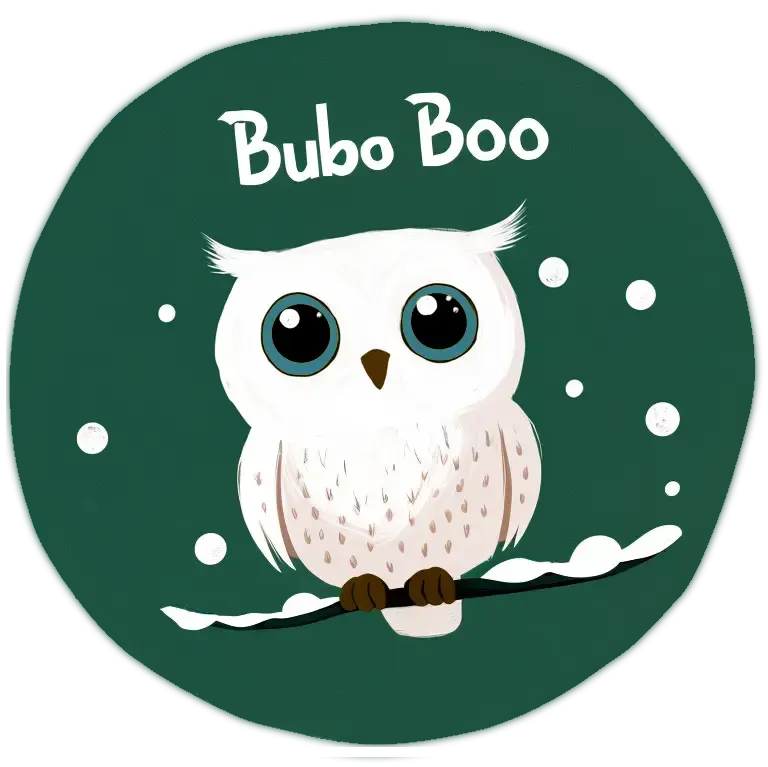In a cozy house in a small village, Eloy always looks forward to the arrival of his grandkids. Every night, around a crackling fireplace and with a mischievous smile, he starts his stories by saying:
—Did you know that when I was young, I traveled to feudal Japan and was the first chef to make sushi for the samurais? But that's not the story I wanted to tell you today...
Ah, the Etruscans. How fascinating those ancient inhabitants of the Italian peninsula were! Their cities were full of mysteries and wonders, but the story I want to share today isn't about enigmatic walls or hidden tombs. No, it's about something much sweeter and stickier: candy mosaics.
I’m not sure what year it was exactly—I’m getting older—but I was exploring the Italian peninsula. My mission in Etruria was clear: to discover how these enigmatic inhabitants lived, whose secrets had not yet been fully revealed. Upon arriving in the city of Tarquinia, I found bustling activity in the main square. The Etruscans were working on creating a monumental mosaic to adorn the new city temple, dedicated to Tinia, their god of the sky and thunder.
The project leader, a skilled artisan named Larth, was in charge of this ambitious endeavor. Larth was known for his expertise in creating mosaics with stones and ceramics, but this project had an additional challenge: it had to be the centerpiece of the festivities marking the centenary of Tarquinia's founding. Larth and his team worked with fervor, but something wasn't quite right. The mosaic seemed flat and lacked the splendor they had hoped for.
I decided to offer my help. Larth, with eyes as round as olives in a vinegar jar, looked at me with a mix of curiosity and perplexity, as if I had suggested decorating the temple with peacock feathers. After a brief exchange of words, I explained my wacky plan: to turn the mosaic into a candy explosion. Larth, though initially thinking maybe a bolt from Tinia had struck me on the head, agreed to listen. In Etruria, no one had ever heard of someone suggesting such an absurd idea.
With Larth’s permission, I took out my stash of candies. It was a varied collection I had brought for special occasions, meant to share with friends and colleagues on my travels. The candies were of every imaginable color and flavor, and their glimmers and shapes promised to transform the mosaic in a surprising way.
We began working together on transforming the mosaic. First, I took a moment to show Larth and his team how to cut the candies into tiny pieces. I used a small knife, sharp as a dragon’s tongue, to make precise cuts that gave the candies geometric and perfect shapes. I explained how each piece had to fit together like a puzzle, maintaining the pattern's integrity without falling apart under the sun’s heat. With this technique, the candies sparkled with an intensity that defied daylight.
Larth and his team, who initially looked at the candies as if they were snakes rather than sweets, soon warmed to the idea. I cut the candies into tiny pieces and showed them how to integrate them into the design. I proposed a spiral pattern that swirled like a wild dance of colors, something that would catch the light in such a magical way it seemed as if the sun itself was throwing confetti. Surely, this mosaic would make the festivals look like a celestial carnival.
As we worked, we began to hear rumors about the competition. The temple priest, Velthur, had announced a special ceremony for the mosaic’s unveiling, and local rivals were preparing their own proposals. The pressure for our mosaic to be exceptional grew, and Larth’s team worked even harder.
As the candy mosaic took shape, the beauty of the design began to become evident. The candies reflected the sunlight and created a play of vibrant colors that contrasted with the traditional stones. The Etruscans began to gather to observe the work and whispered among themselves, amazed by the transformation.
The day of the festival arrived, and the temple was filled with Tarquinia’s inhabitants, dressed in their finest robes and adornments. The unveiling ceremony was a spectacular event. Velthur, the priest, led the opening rite with great pomp, while musicians played festive melodies and dancers performed traditional dances.
When the mosaic was finally revealed, there was widespread astonishment. The combination of bright colors and intricate design made the candy mosaic the center of attention. Larth and his team received a standing ovation, and the mosaic was praised as a masterpiece that exceeded all expectations.
However, it wasn’t all smooth sailing. The competition, displeased by the defeat, whispered rumors that some had tried to sabotage our mosaic during the night. But despite the intrigue attempts, Larth’s team’s effort and creativity triumphed. The candy mosaic remained intact and dazzling, like a brilliant beacon of sweetness amid the chaos.
The celebration continued with an exuberant feast, where the candies not only adorned the setting but were also generously offered as festive sweets. The tradition of the candy mosaic became a lasting landmark in Tarquinia, a sweet and sticky legacy symbolizing Etruscan creativity and innovation.
However, as I said goodbye to Larth and his team, I found myself in a somewhat awkward situation: our hands were so covered in candy that they stuck together and to everything we touched. Despite the stickiness, I felt a deep sense of satisfaction and gratitude. I had contributed to transforming a monumental project and left an indelible mark on Etruscan history, a memory that would endure both in art and in the people’s cavities.
So, dear grandchildren, this is where this story ends. Tomorrow, I’ll tell you how I convinced the Maya to build pyramids with gelatin instead of stone. Goodnight and sweet dreams.








